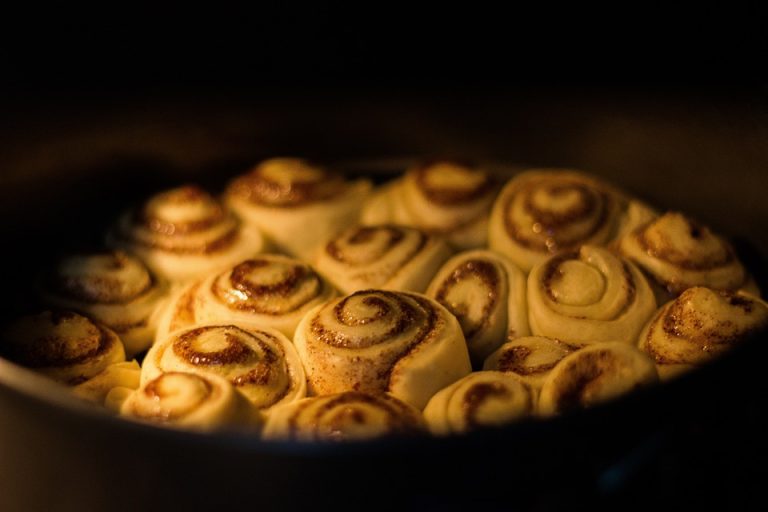
Counting Calories: Homemade Bread and Your Diet
When it comes to watching our caloric intake, one of the most commonly overlooked sources of hidden calories is bread. Homemade bread, in particular, can be a double-edged sword in the quest to maintain a healthy diet and manage our weight.
While homemade bread is often considered a healthier alternative to store-bought bread due to the absence of preservatives and additives, it can still pack a hefty caloric punch if not made with care and attention to portion control.
One of the biggest factors in controlling the caloric content of homemade bread is the type of flour used. Whole grain flours, such as whole wheat, rye, and spelt, are generally richer in nutrients and fiber but can also be higher in calories than refined white flour. It’s important to be mindful of the portion sizes and to use whole grain flours in moderation to avoid consuming excess calories.
Another important consideration is the addition of fats and sugars to homemade bread. Oils, butter, and sweeteners can significantly increase the calorie content of bread, so it’s important to use them sparingly. For a healthier alternative, try using natural sweeteners like honey or maple syrup, and opt for healthier fats such as olive oil or avocado oil.
When it comes to portion control, it’s easy to underestimate the number of calories in a slice of homemade bread. A thick slice of hearty, homemade bread can easily pack in 200-300 calories, so it’s important to be mindful of how much bread we’re consuming throughout the day. It can be helpful to pre-slice and portion out homemade bread to ensure that we’re not unknowingly consuming excess calories.
One way to manage the caloric content of homemade bread is to include other nutrient-dense ingredients in the recipe. Adding seeds, nuts, and fruits can increase the fiber and protein content of the bread, making it more satisfying and reducing the likelihood of overeating.
In conclusion, homemade bread can be a healthy and delicious addition to a balanced diet, but it’s important to be mindful of the caloric content. By paying attention to the types of flours and fats used, practicing portion control, and incorporating other nutrient-dense ingredients, it’s possible to enjoy homemade bread without derailing our efforts to manage our weight and stay healthy.